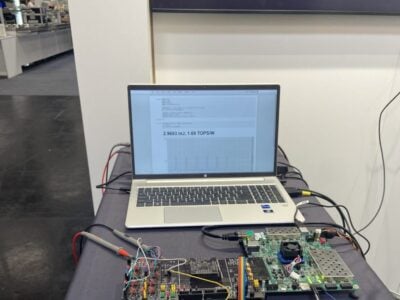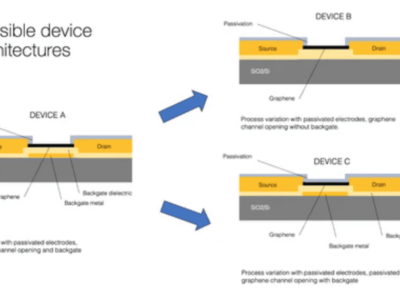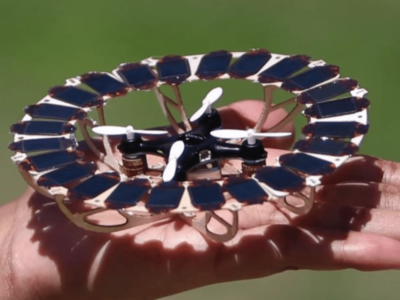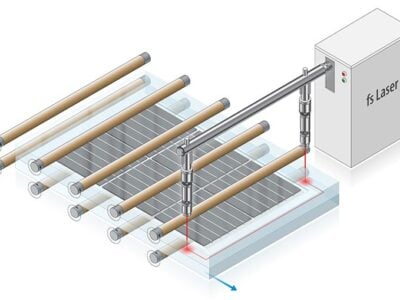
Space technology allows precise navigation without GNSS
DLR’s IPS technology is based on a multi-sensor approach: Multiple diffgerent measurement techniques are linked in such a way that the errors of the other system can be minimised and measurement errors significantly reduced. This approach enables high accuracy without the need for navigation satellite signals. In addition, the Integrated Positioning System IPS is designed for reliable operation even without an external positioning infrastructure such as WIFI.
“The system can be used, for example, to inspect industrial plants or mines, but also to support autonomous driving,” explains project manager Anko Börner from the DLR Institute for Optical Sensor Systems. In the future, such sensor systems will play a decisive role in research missions to foreign planets or in safety-relevant applications on Earth. “They are, so to speak, the technical eye and provide comprehensive and valuable data,” says Börner. “Just as the eye is the most important sensory organ for humans, optical systems are the primary sensor for detecting the surroundings of technical devices.
The Institute has already developed functional models of the Integrated Positioning System, which are currently used in various application areas within the framework of Industry 4.0 and Navigation. The DMT PILOT 3D, for example, developed in cooperation with DLR, is a system for precise position and attitude determination, navigation and 3D documentation. This innovative technology – originally developed for Mars missions – is now used in mining, ship inspection, construction and infrastructure projects, as well as in forestry and seismic surveying. The mobile hand-held device is small and lightweight, making it ideal for areas that are difficult to access.
The DLR Institute of Optical Sensor Systems researches and develops active and passive optical sensor systems for space travel, flying platforms and robotic systems. It participates in the scientific use of the data measured with these systems and is involved with its core competencies in a large number of national and international cooperations. The vision of the institute is the development of autonomous optical sensor systems in analogy and extension of visual human perception.
Recently, the institute has won the Berlin Brandenburg Innovation Award for its development.
Related articles:
Bluetooth low energy tracks you down within 30cm
Indoor positioning for dynamic environments
SiRFusion enables accurate indoor location without new infrastructure
 If you enjoyed this article, you will like the following ones: don't miss them by subscribing to :
eeNews on Google News
If you enjoyed this article, you will like the following ones: don't miss them by subscribing to :
eeNews on Google News



